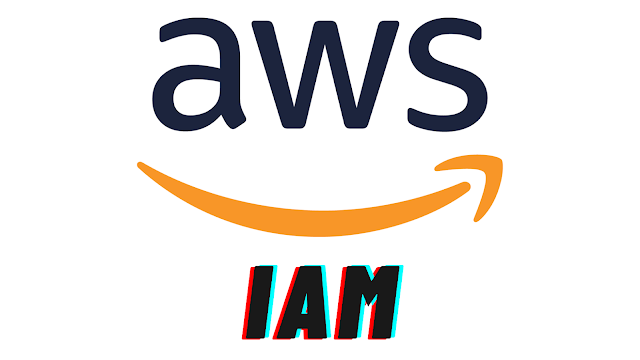AWS IAM: A Beginner’s Guide
Amazon Web Services (AWS) offers a plethora of services, and Identity and Access Management (IAM) is a critical component for securing your AWS resources. In this blog post, we’ll demystify IAM, explore its features, and provide straightforward examples to help you grasp its importance.
What is IAM?
IAM stands for Identity and Access Management. Let’s break it down:
- Identity: IAM helps you manage users, groups, and roles within your AWS account. These identities are essential for controlling access to AWS resources.
- Access Management: IAM allows you to define who can do what in your AWS environment. You can grant or restrict permissions based on roles and policies.
Why Do We Need IAM?
Before IAM, managing access was chaotic:
- Shared Passwords: People shared passwords over insecure channels like email or phone calls.
- Single Admin Password: Only one admin password existed, stored in a vulnerable location.
- Lack of Security: Anyone could eavesdrop and gain unauthorized access.
IAM solves these problems by providing a secure way to manage access. Let’s dive deeper.
Key Components of IAM
- Users: Represent individuals or applications. Each user has a unique set of credentials (username and password).
Groups: Logical collections of users. Assign permissions to groups instead of individual users.
Roles: Used by services or applications running on EC2 instances, Lambda functions, etc. Roles grant temporary permissions.
IAM Examples
1. Creating a New User
- Log in to the AWS Console.
- Search for IAM and navigate to the IAM dashboard.
- Click “Users” and then “Add user.”
- Specify the username and choose access type (programmatic or console).
- Assign permissions (attach policies) to the user.
2. Creating a Group
- In IAM, click “Groups” and then “Create group.”
- Name the group (e.g., “Developers”).
- Attach policies to the group (e.g., “AmazonS3FullAccess”).
- Add users to the group.
3. Using Roles
- Create an IAM role (e.g., “LambdaRole”).
- Define the trusted entity (e.g., Lambda service).
- Attach policies (e.g., “AmazonDynamoDBFullAccess”).
- Lambda functions assume this role when executing.
Conclusion
IAM is your gatekeeper to AWS resources. By understanding users, groups, and roles, you can control who accesses what. Remember, IAM is not just about security; it’s about enabling secure collaboration and efficient resource management.




Comments
Post a Comment